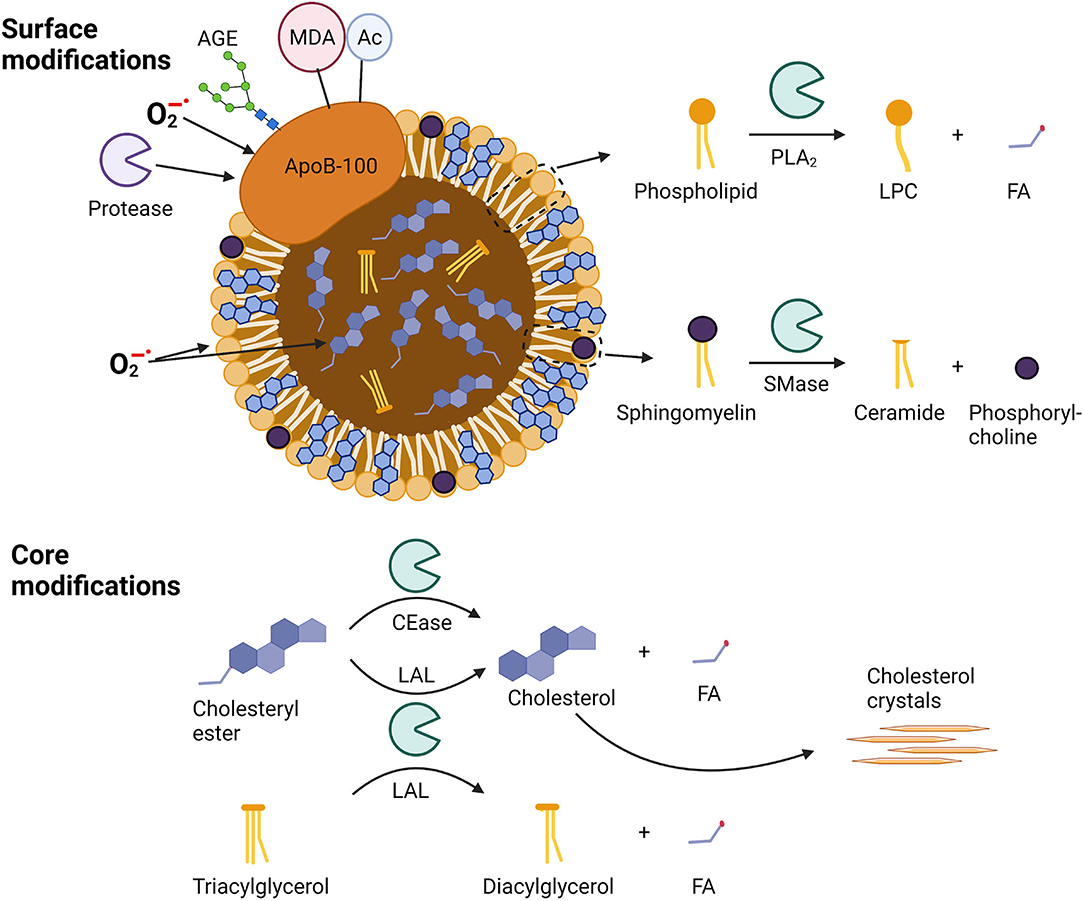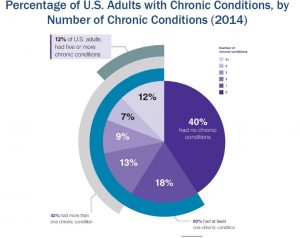Report on Atherogenic Lipoprotein Exposure and Cardiovascular Disease Risk in Young Adults
Introduction: Aligning Cardiovascular Research with Global Health Goals
A recent population-based cohort study highlights a critical link between cumulative exposure to atherogenic lipoproteins in early adulthood and the subsequent risk of atherosclerotic cardiovascular disease (ASCVD) in midlife. The findings present significant implications for public health strategies aimed at achieving Sustainable Development Goal 3 (SDG 3), which focuses on ensuring healthy lives and promoting well-being for all at all ages, particularly by reducing premature mortality from non-communicable diseases.
Methodology and Core Findings
Study Design
The prospective study analyzed data from a cohort of 5,115 US adults, with a focus on 4,366 participants aged 18-40 years.
- Researchers calculated the cumulative exposure to apolipoprotein B, low-density lipoprotein particles, and triglyceride-rich lipoprotein particles over a 22-year period.
- ASCVD events, including fatal and nonfatal myocardial infarction and stroke, were monitored after the age of 40 over a mean follow-up of 19.3 years.
Key Results
The analysis established a direct correlation between higher cumulative exposure to these atherogenic particles and an increased risk for ASCVD after age 40.
- Each standard deviation increase in cumulative exposure was associated with a 28%-30% higher risk for ASCVD. The adjusted hazard ratios were:
- Apolipoprotein B: 1.30
- Low-density lipoprotein particles: 1.28
- Triglyceride-rich lipoprotein particles: 1.28
- The study identified potential clinical thresholds where ASCVD risk increased notably. These values could inform preventative health targets.
Implications for Sustainable Development Goals (SDGs)
Advancing Good Health and Well-being (SDG 3)
The study’s findings directly support SDG Target 3.4, which aims to reduce premature mortality from non-communicable diseases. By identifying risk factors in young adults, the research underscores the importance of early-life prevention and intervention to combat cardiovascular disease, a leading cause of death globally. The authors suggest that while the identified thresholds require further clinical validation, they could serve as reasonable targets for untreated young adults, promoting preventative healthcare long before disease onset.
Promoting Equity and Access (SDG 2 & SDG 10)
The report calls for a multi-faceted approach that combines individual-level interventions with broader policy strategies, reflecting the principles of SDG 10 (Reduced Inequalities) and SDG 2 (Zero Hunger).
- Policy-Level Strategies: Recommendations include subsidies for nutritious foods and public health initiatives to promote physical activity. Such measures are crucial for ensuring equitable access to healthy lifestyles, particularly for vulnerable populations, thereby addressing the social determinants of health.
- Research Gaps and Inequalities: A noted limitation was the study’s inability to stratify risks by race and gender, highlighting a critical gap in health data that can perpetuate inequalities. Future research must be more inclusive to ensure health interventions are effective for all demographic groups.
Fostering Partnerships for the Goals (SDG 17)
The execution of this research exemplifies SDG 17 (Partnerships for the Goals). The original cohort study was a collaborative effort supported by the National Heart, Lung, and Blood Institute in partnership with several academic institutions, including Northwestern University, the University of Alabama, and the University of Minnesota. Such multi-stakeholder collaborations are essential for conducting large-scale research and translating findings into effective public health policy.
Which SDGs are addressed or connected to the issues highlighted in the article?
- SDG 3: Good Health and Well-being
Explanation
The article directly addresses SDG 3 by focusing on a major health issue: atherosclerotic cardiovascular disease (ASCVD), which includes heart attacks and strokes. The research explores the prevention of these non-communicable diseases (NCDs) by identifying risk factors (atherogenic lipoprotein particles) in young adults to prevent disease later in life. The discussion of interventions, from lifestyle changes to policy-level strategies, is central to promoting health and well-being.
What specific targets under those SDGs can be identified based on the article’s content?
- Target 3.4: By 2030, reduce by one third premature mortality from non-communicable diseases through prevention and treatment and promote mental health and well-being.
Explanation
The article’s core focus is on the prevention of ASCVD, a primary group of NCDs. The study examines how managing risk factors in individuals younger than 40 can reduce the incidence of “fatal and nonfatal myocardial infarction and stroke” after age 40. This directly aligns with Target 3.4’s goal of reducing premature mortality from NCDs through prevention. The article further suggests “lifestyle modification and pharmacotherapy” and “policy-level strategies” as means to achieve this reduction, which are key components of prevention and treatment strategies mentioned in the target.
Are there any indicators mentioned or implied in the article that can be used to measure progress towards the identified targets?
- Indicator 3.4.1: Mortality rate attributed to cardiovascular disease, cancer, diabetes or chronic respiratory disease.
-
Implied Clinical Indicators:
- Cumulative exposure levels of apolipoprotein B.
- Cumulative exposure levels of low-density lipoprotein particles.
- Cumulative exposure levels of triglyceride-rich lipoprotein particles.
- Incidence of ASCVD events (fatal and nonfatal myocardial infarction and stroke).
Explanation
The article directly relates to Indicator 3.4.1 by tracking “fatal and nonfatal myocardial infarction and stroke,” which are key components of the mortality and morbidity rates from cardiovascular disease. Furthermore, the study proposes specific, measurable clinical indicators that can be used to monitor risk and guide preventative interventions. The levels of apolipoprotein B, low-density lipoprotein particles, and triglyceride-rich lipoprotein particles are presented as quantifiable metrics to assess an individual’s risk of developing ASCVD, thus serving as practical, implied indicators for measuring progress in disease prevention efforts at a clinical level.
Table of SDGs, Targets, and Indicators
| SDGs | Targets | Indicators |
|---|---|---|
| SDG 3: Good Health and Well-being | 3.4: Reduce by one third premature mortality from non-communicable diseases through prevention and treatment. |
|
Source: medscape.com







